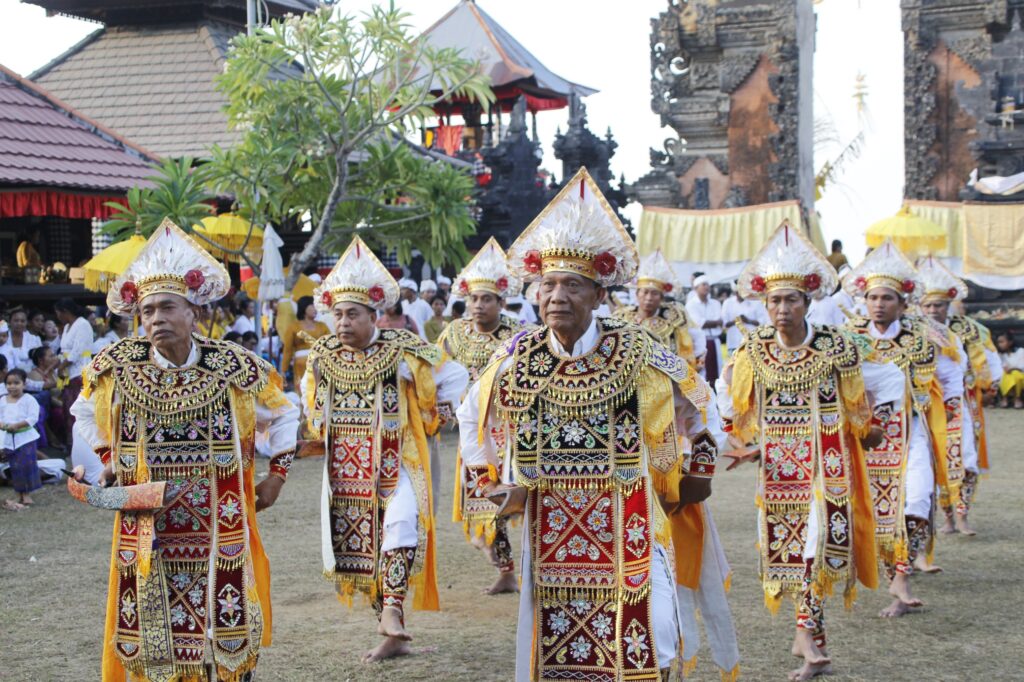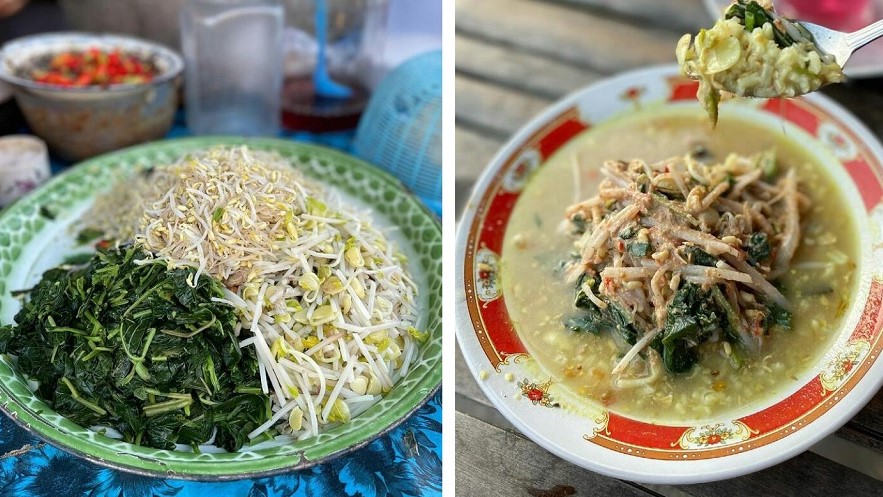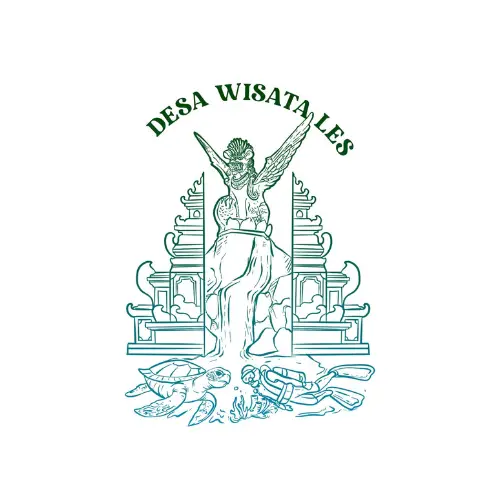ᬳᬾᬭᬶᬢᬕᬾ
Heritage
Uncover the Cultural Heritage of Les Village!
Discover the deep-rooted traditions and captivating stories of Les Village, Bali. Each corner reveals a piece of its rich heritage.

History of Les Village
According to local stories, before the 10th century, there was a village called Panjingan in present-day Les, Tejakula, Buleleng, approximately 35 km east of Singaraja. The name “Panjingan” comes from the word manjing (meaning “enter”), suggesting that the village was once an important port for Bali. Panjingan had strong ties with Kawista Village (now in Yeh Buah, Kubutambahan), and its deities were said to have spiritual connections.
show morePanjingan was a thriving village with frequent interactions with nomadic seafarers, particularly the Wong Bajo people, who lived on boats and engaged in fishing and trading. During religious ceremonies at Puseh Temple, the Wong Bajo participated in cockfighting (tabuh rah). One day, they purchased a prized fighting rooster, Sa Ginangsi, from a local villager. However, when the rooster lost in battle, they realized they had been deceived and developed a deep grudge against the villagers.
Seeking revenge, the Wong Bajo secretly planted kapok trees around Panjingan. Years later, they launched a surprise attack, burning the village and destroying Puseh Temple. The villagers, unable to fight back, fled to the hills near Yeh Tah waterfall, carrying sacred relics such as kris, spears, and daggers. They established a new settlement called Bahu (meaning “New”), later known as Banjar Buhu, named after a giant Buhu tree that mysteriously regrew even when cut down.
Fearing future attacks, the villagers relocated to a more secure, naturally fortified area west of Yeh Tah, calling it Hyang Widhi Village. Here, they built Sanggah Yangudi Temple and a cemetery. However, due to limited agricultural land and scarce water sources, they later moved downhill to form Les Village. The name “Les” possibly comes from the Kawi word for “escape” (les) or the concept of hiding (ngenes). Some villagers, still fearful, migrated to Bungkulan, Jinengdalem, and Pengelatan, but retained kinship ties with Les.
One day, settlers from Bumbungan, Klungkung, arrived in eastern Les, clearing forests to build a new village. They were refugees of noble descent (Anak Agung), escaping family conflicts. After negotiations, they were allowed to settle under the condition that they integrated into Desa Pakraman Les, abandoning noble titles and adopting local customs. Over time, more migrants arrived, particularly Pande blacksmiths, who set up a market. This settlement eventually became known as Penuktukan Village.
Today, Les and Penuktukan remain separate administrative villages but share a cultural and religious bond, worshipping in the same Kahyangan Tiga temples in Les. Leadership within the traditional community council (Kraman) is divided, with Les having 19 representatives and Penuktukan 9, following the nglulu apad system of governance.
show less
Tari Baris
Les Village

Flavors of Tradition: Mengguh and Blook
Les Village

Matuun: Unique Funeral in Les Village
Les Village
